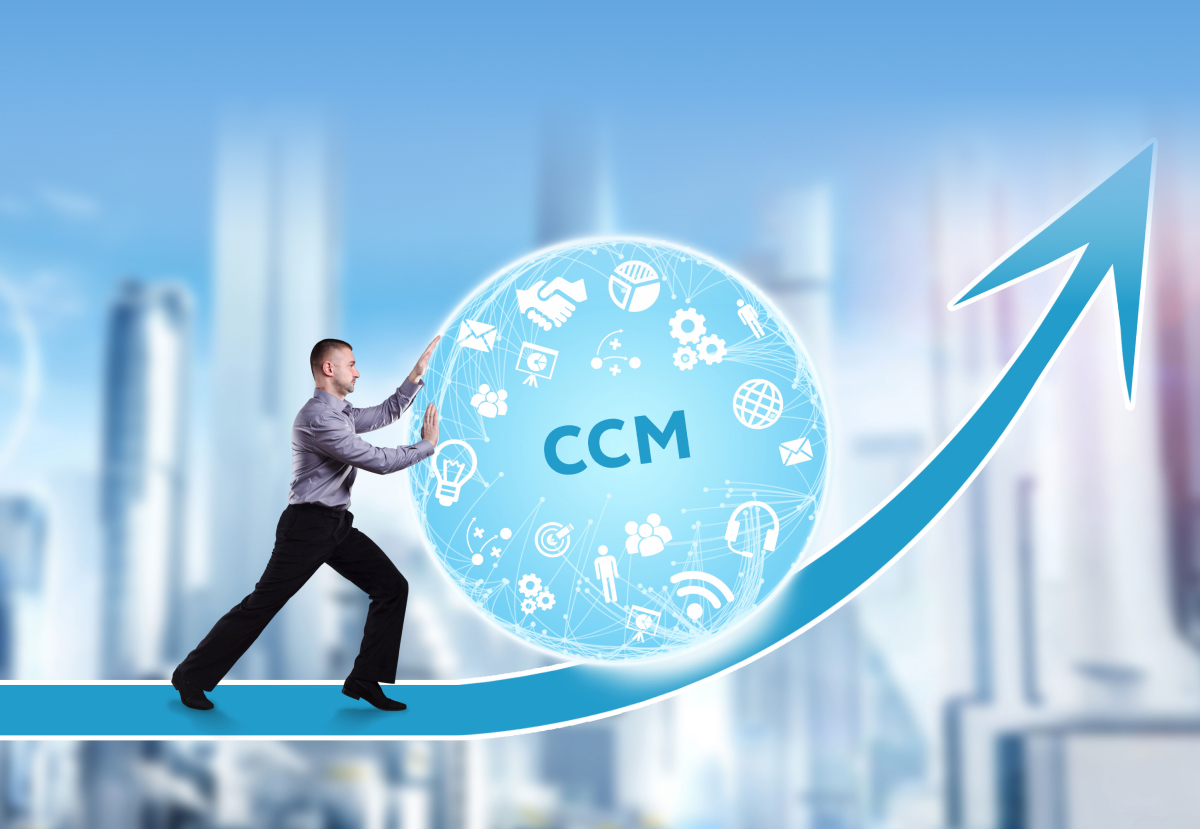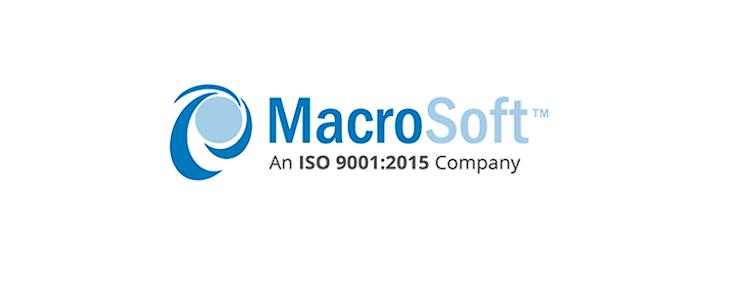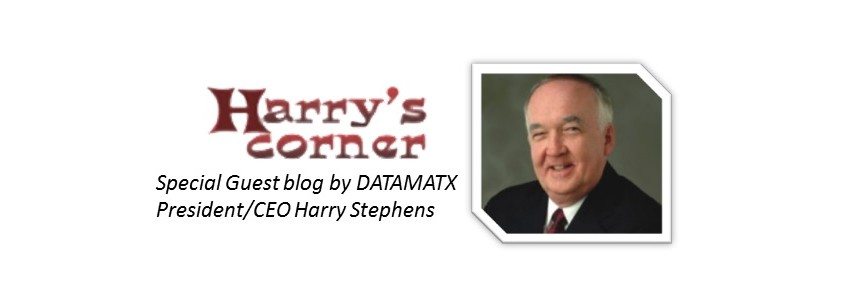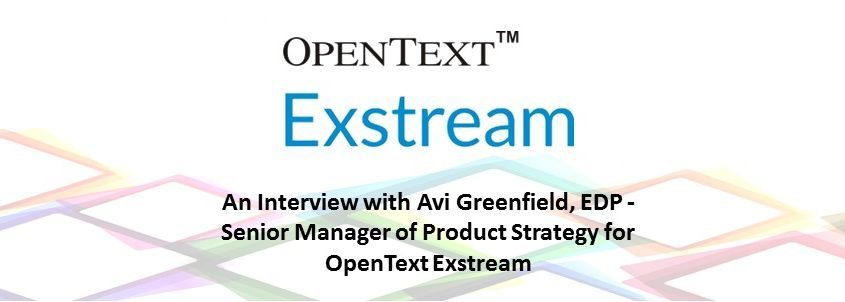An Interview with OpenText Exstream, Senior Manager of Product Strategy
By: Skip Henk, EDP – CEO of Xplor International
Last year Open Text Corp. acquired certain customer-communications management assets from HP Inc., an acquisition that certainly expanded and complemented the OpenText portfolio of software offerings.
Now that the dust has settled a bit, I wanted to catch up with Avi Greenfield, EDP – Senior Manager of Product Strategy, to discuss his views about digital transformation and Customer Communications from an OpenText Exstream point of view.
Avi, a 20 year industry veteran, is focused on technology solutions that build business value, focusing on customer communications and content management strategy. As I mentioned he is a Senior Manager of Product Strategy for OpenText Exstream, responsible for understanding the needs of customers for managing business-critical communications in complex and demanding environments, and driving the direction of the Exstream portfolio to meet those needs.
Avi received his Electronic Document Professional (EDP) certification in 2012.
Skip: Avi, thank you for taking the time to share your thoughts today.
Avi: You are welcome; we appreciate Xplor allowing us the opportunity.
Skip: For our readers who are not familiar with OpenText Exstream, can you give us your 15 second elevator pitch?
Avi: OpenText Exstream offers the fastest, most reliable communications production engine to enable
digital transformation for companies. Exstream helps companies in a range of industries and sizes optimize customer engagement through the design and delivery of personalized, consistent, compliant, anytime, anywhere communications for better customer experiences across all channels. The latest version includes capabilities that enable users to create responsive, mobile-ready content; generate robust, interactive charts; perform controlled in-context editing; and better handle PDFs.
Skip: There is a lot in the media now about “digital transformation” and “digital business/digital economy” – what does that mean to OpenText and why is it important?
Avi: With 50% of the workforce expected to be made up of those who were “born digital” by 2020, digital communications are becoming more and more important and many companies are looking to move to a digital business model. A recent Gartner report states that 89% of companies will compete on customer experience and 90% of CEOs place CX as one of their top three priorities, so companies will need to be able to provide exceptional customer experiences across multiple channels to stay competitive in the future.
The Millennial generation is now larger than the Baby Boomers and they have more than one trillion dollars in purchasing power. Companies need to adapt their customer communications to appeal to this highly digital and technologically advanced group. Digital transformation of your business will be critical and is much more than being able to send email or PDFs because these consumers want much more engaging experiences and access to their brands 24/7. They have the highest adoption and usage of mobile devices of any generation, and they navigate seamlessly between devices and channels, which means they expect relevant and consistent content, experiences and branding across all channels.
Skip: What is the impact of digital transformation on CCM?
Avi: We see it driving a lot of demand for modern CCM capabilities. Digital transformation means rethinking business processes to meet consumer demand for frictionless multichannel interactions. This frequently means updating or replacing core systems of record and systems and engagement like CRM, billing, customer care, and claims for example. Most organizations already have multiple systems that are used to produce and deliver traditional and digital communications. So when they update those core systems, it’s a great time to consider whether their current CCM tools and processes are able to serve all of their enterprise needs for engaging customers in a way puts them at the center and gives them the freedom to engage using the channels and devices of their choice. We see this leading to increased investment in enterprise-grade CCM tools and also increased focus and organizational resources dedicated to producing and delivering timely, relevant, compliant communications.
Skip: Given these changes, and a shift to digital documents and communications, what steps can people take right now to take advantage of this?
Avi: In the digital age, it is critical for your company to move from traditional paper-based documents to engaging conversations across all channels. By delivering communications in the channels preferred by your customers and designing with digital in mind, you can turn your communications into a differentiator.
Your communications should use clear and concise language and be compliant, accurate, and controlled. All this requires synchronizing the right data with CCM software and the business processes that intersect with customer touchpoints.
Communications—whether traditional or digital—are the primary customer touchpoint for most organizations. The quality, timeliness, and accuracy of those communications have a huge impact on the consumer’s perception of your company. And the quality of a customer’s experience is the single greatest predictor of whether they will return and promote your company or defect to a competitor and malign it.
The design of any communication is important and can either drive desired behaviors, additional revenue or loyalty if done well. If not, it can undermine customer experience and create expensive call center inquiries. As far as best practices, five key things to consider when designing any communication are:
- Design for understanding – What do you want recipients to understand?
- Design to drive action – What do you want recipients to do or not do?
- Design for digital first, but don’t neglect traditional channels – Do recipients have a seamless cross-channel experience?
- Design to align business user profile with the business process – How do you involve business users? Do they own content and messages? Can they help personalize communications for the front office?
- Design customer-centric communications from the outside-in – What do you do to modernize your processes and systems of interaction to deliver on consumer expectations for seamless cross-channel interactions?
Skip: Those are five great points. Do you believe the investment in CCM worth it?
Avi: Not only is it worth it, but it is essential to positive business outcomes. Providing a better customer experience is shown to increase loyalty and lifetime customer value and can be a key source of competitive differentiation. Delivering interactions that are clear, timely, and easy to understand leads to higher customer satisfaction.
So there are many pressures and expectations on customer communications. Companies must respond quickly to changing markets and circumstances, while providing consistent, high-quality communications in the recipient’s language and preferred delivery channel.
There is also a critical need to maintain compliance and control over communications for legal and regulatory reasons. At the same time, business users are demanding more control over the content and faster time to market. And of course operational requirements demand timely, optimized output at the lowest possible cost. So having an enterprise CCM platform with the right organizational commitment and resources dedicated to it is essential to increasing profitability, improving customer experience, and mitigating risk.
Skip: Avi, I once again thank you for taking the time to speak with me today and sharing your insights. Anyone who would like more information can contact OpenText here.
About OpenText Exstream
Exstream is a multichannel customer communication management (CCM) solution that is proven to improve the customer experience and make customer interactions more profitable. It allows business users to create the communications for connected customer journeys using the delivery formats and channels customers prefer – including email, web and mobile.
This software solution powers the transformation of all of your data—whatever file sources, formats, and systems you use—into relevant and insightful customer communications. With on-premise and cloud deployment options, Exstream is scalable to fit the needs of any department or complex enterprise environment. Design and deliver consistent, personalized, compliant, anytime, anywhere communications with Exstream.

Skip Henk, EDP
President/CEO
Xplor International
 In today’s business landscape, effective communication with customers is essential for success. As organizations strive to improve their customer experience, many are turning to Customer Communication Management (CCM) solutions. These solutions streamline and automate customer communication processes, resulting in personalized, consistent, and engaging interactions across various channels. However, implementing a CCM solution can present challenges that need to be overcome for a successful deployment. In this blog, we will explore some common challenges in implementing a CCM solution and provide strategies to overcome them.
In today’s business landscape, effective communication with customers is essential for success. As organizations strive to improve their customer experience, many are turning to Customer Communication Management (CCM) solutions. These solutions streamline and automate customer communication processes, resulting in personalized, consistent, and engaging interactions across various channels. However, implementing a CCM solution can present challenges that need to be overcome for a successful deployment. In this blog, we will explore some common challenges in implementing a CCM solution and provide strategies to overcome them.









 Alexandra Truchot – Content creation specialist with Objectif Lune. Writer and compulsive reader. Eager for unknown destinations and exciting encounters. Anything is possible, you just have to believe it. Connect with her on
Alexandra Truchot – Content creation specialist with Objectif Lune. Writer and compulsive reader. Eager for unknown destinations and exciting encounters. Anything is possible, you just have to believe it. Connect with her on